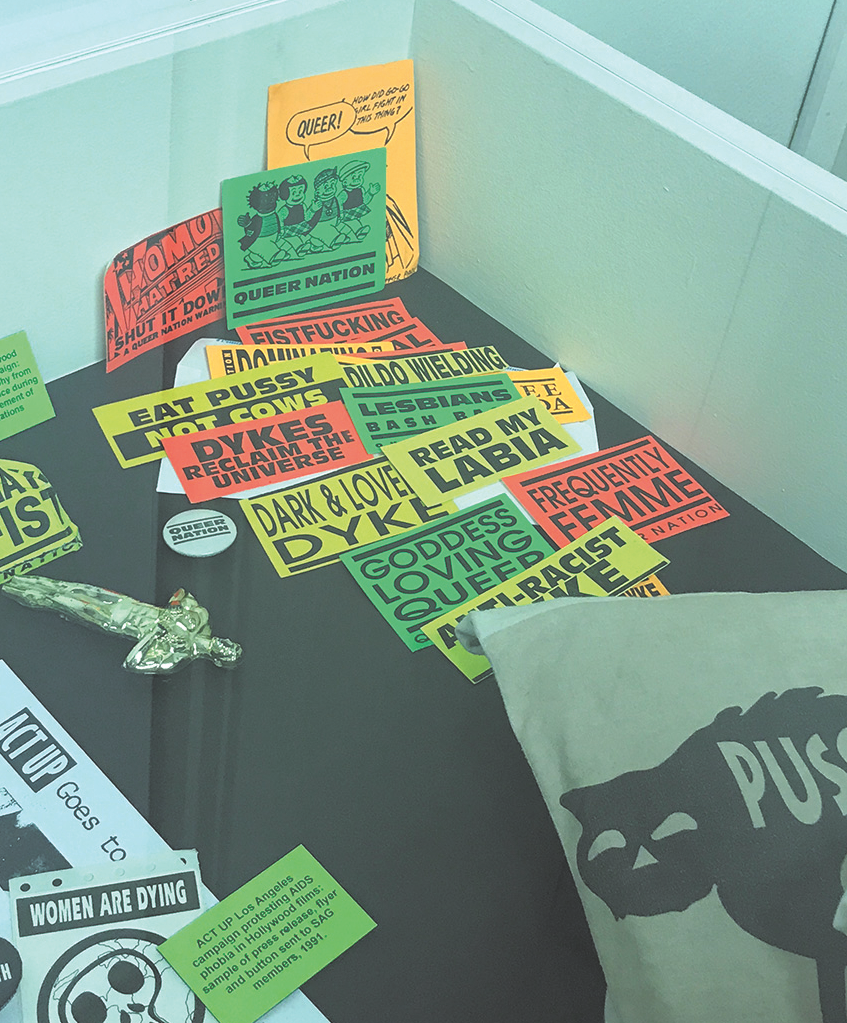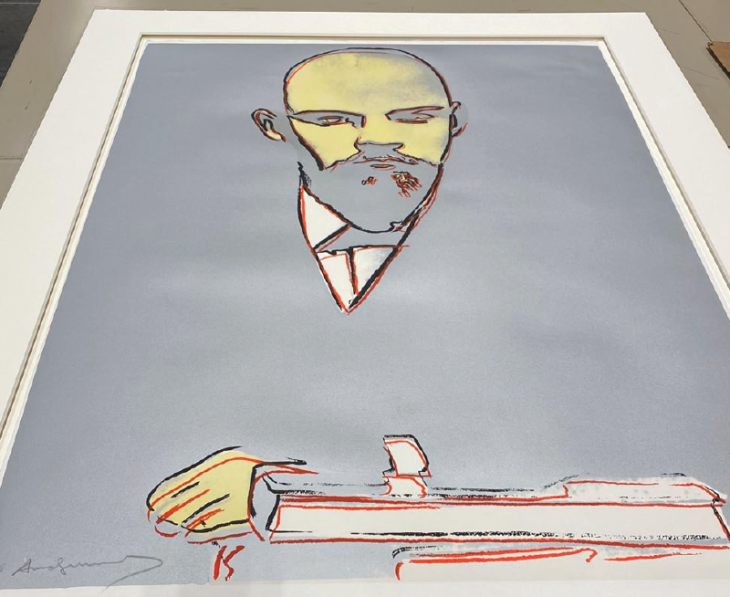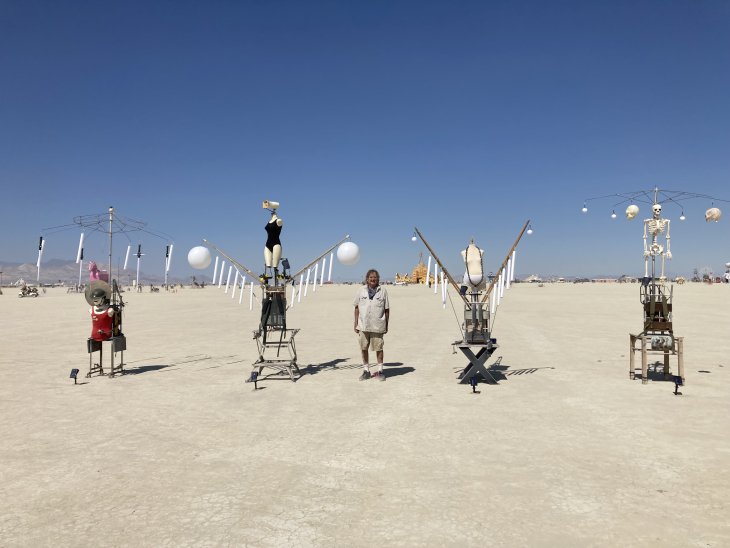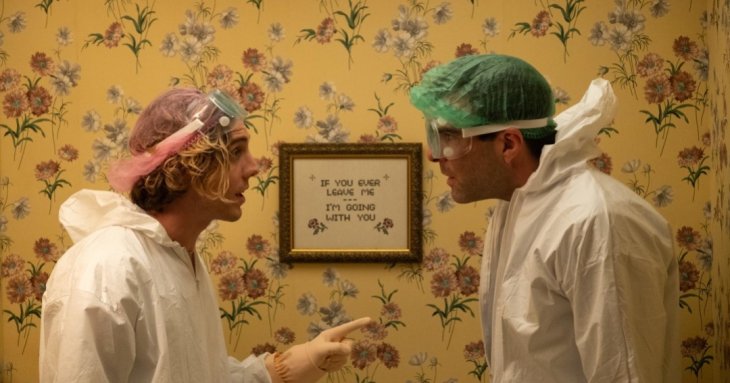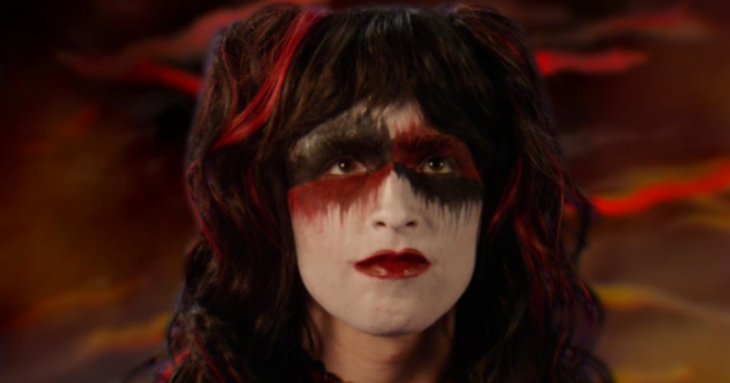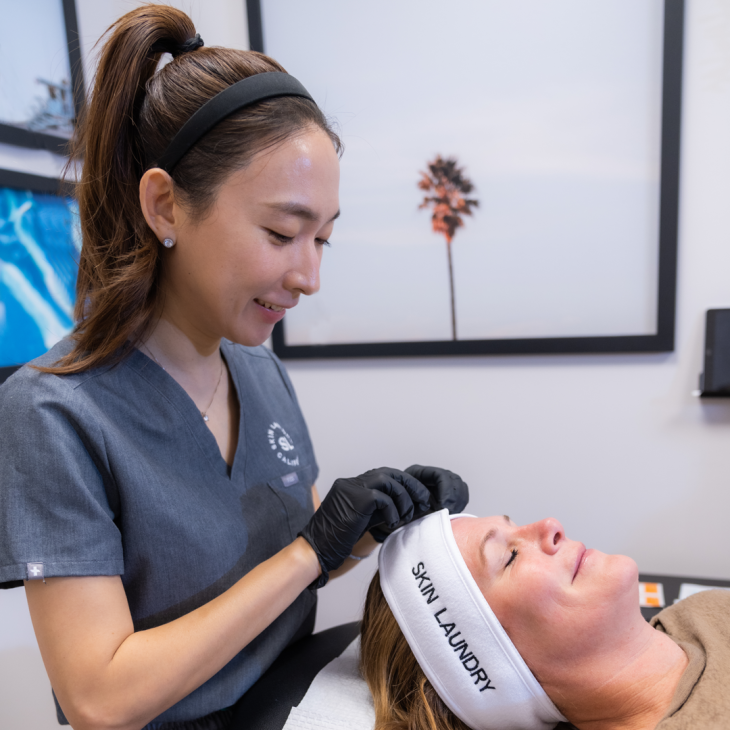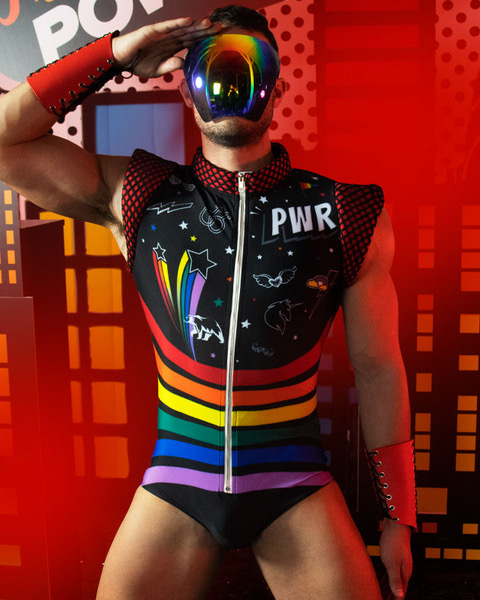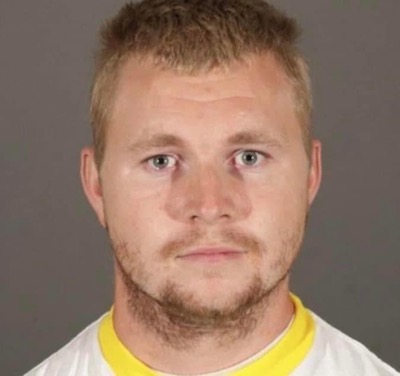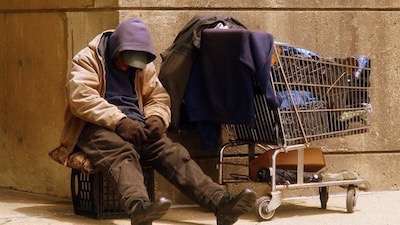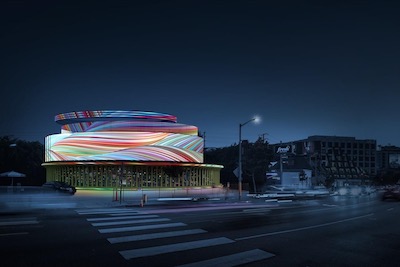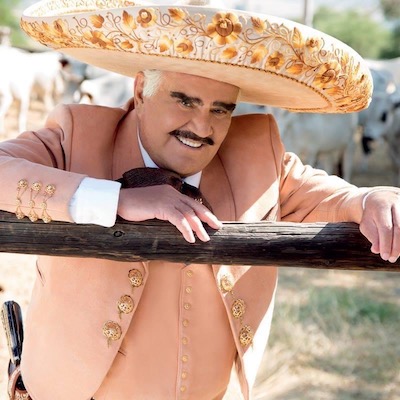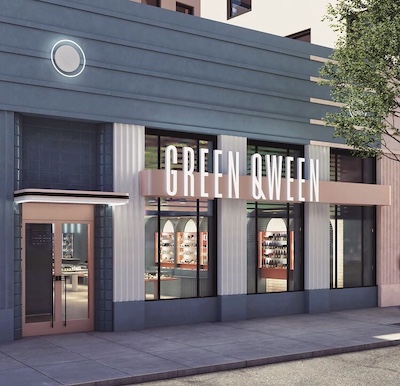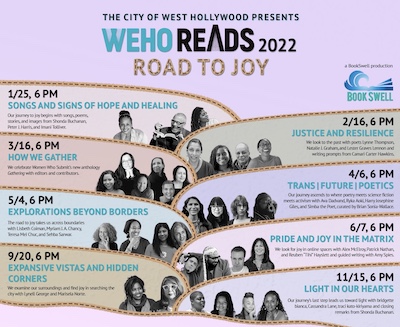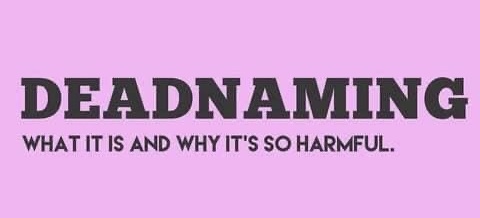In 2017, West Hollywood’s Plummer Park hosted an exhibit titled Lesbians to Watch Out For: ’90s Queer L.A. Activism.
On display were banners, pamphlets, radical texts and street flyers that told of a time gone by in Los Angeles: a time when the lesbian scene wasn’t just thriving but on the verge of creating major social change. Though it’s disheartening to think about how the city has changed in regard to holding and maintaining lesbian spaces, it’s something we shouldn’t allow ourselves to gloss over and forget. At least, not if we want the community to thrive.
Before the Internet came and rapidly commodified all queer identities, L.A. was more than just a lesbian hub. It was a lesbian destination spot. It’s difficult to take into account just how prevalent gay girl identity was before the bars started closing and the neighborhoods started closing themselves off to more radical, less commercially-viable ways of fighting against the Man. From the Girlbar L.A. dance party (possibly the inspiration for “The L Word’s” ‘Shebar”) to 1940s and ‘50s favorites like Joani Presents and The Star Room, this town was chock full of places where ladies could be in the company of ladies (and more than a few drag kings.) Needless to say, the glory days of the lesbian bar have come and gone. In a recent Twitter thread between L.A. writer and editor Trish Bendix and novelist Roxane Gay, the lack of lesbian bars in the city was starkly exposed.

“Are there any lesbian bars in L.A.?” Gay tweeted. “If this was something I could find with Google I wouldn’t have asked. Guess what? There aren’t any. So it’s not a crazy question.”
“Just pop-up parties,” Bendix replied, “weeklies and monthlies or other sporadic events. There’s not a go-to spot where you’re guaranteed to find queer women en masse on any given day. But if you want to come play dominoes with a group of dykes tonight in Eagle Rock, I got you.”
How did it come to this? How did Los Angeles change from a dyke mecca to a town where you have to settle for Domino night?
Perhaps the answer lies in some of the artifacts from the past. If you can get past the initial depression brought on by the constant reminder of better days long past, you’ll be able to see not just the sheer volume of lesbian activism and social activities on offer, you’ll also get a sense of just how diverse it was. A flyer from Lesbian Visibility Week in 1990 promotes a “Dykes and Their Dogs” pet show. Notices from the late ‘80s and ‘90s promote marches, ACT UP meetings, all-girl dance parties, and get-togethers that do what dykes do best: promote social justice and activism while having an amazingly hot time on the dance floor.

So what happened to the ground-breaking feminism of the early ‘90s? What happened to the protest signs reading “Dykes Reclaim the Universe” and “Eat Pussy, Not Cow?” While queer activism hasn’t died, it looks a whole lot different in this century. While queer spaces and events like Folklore Salon, Cuties, Project Q, Lez Croix, and Dyke Day exist to provide social justice-oriented queer folks with a community, many of the specifically lesbian-identified events only pop up a few times a year, usually during Pride Week. If you want to go to a lesbian bar, you’ll have to hit Long Beach or settle for a few more fluid options in Los Angeles proper, such as Akbar or Oil Can Harry’s.
Maybe we’ll never get back to the glory days of Dyke activism. But one thing’s for certain: When it comes to the L.A. social scene, there should always be at least a handful of places for girls who love girls to hang out in, party in and change the world in.

